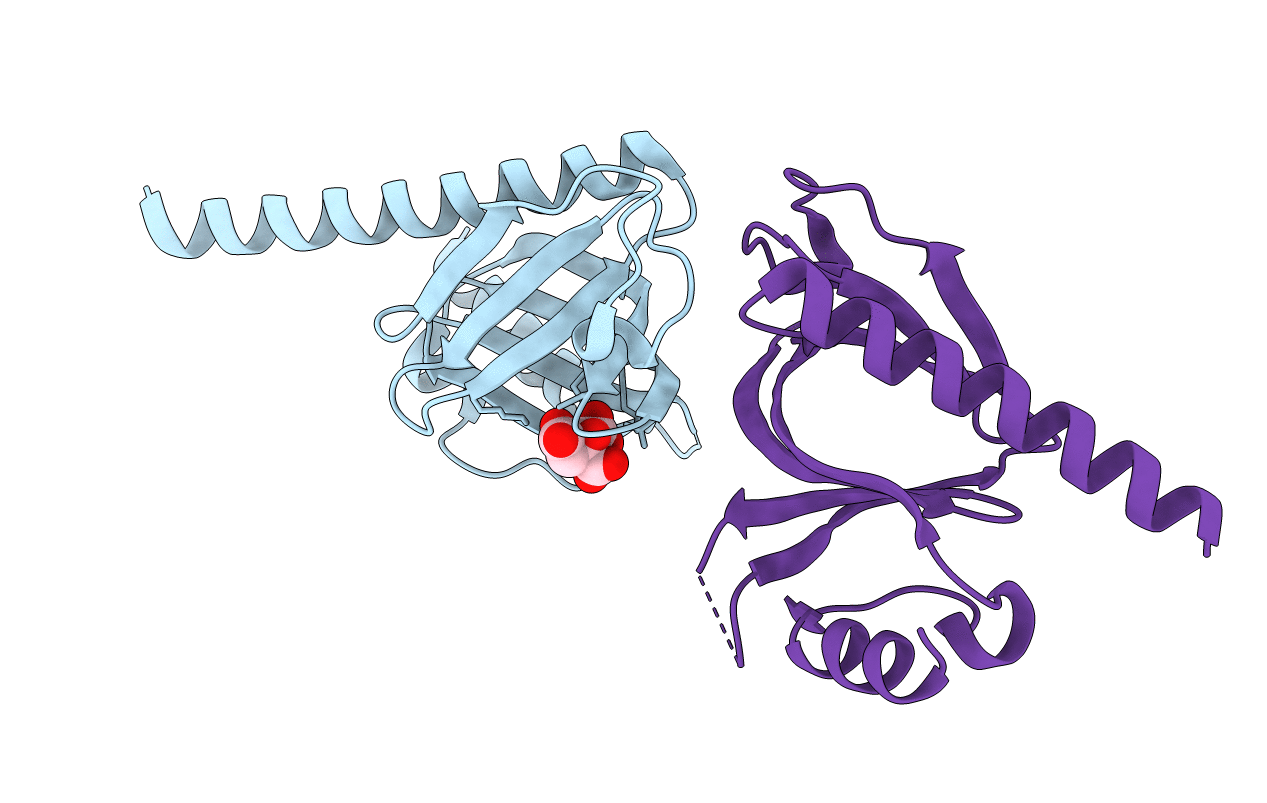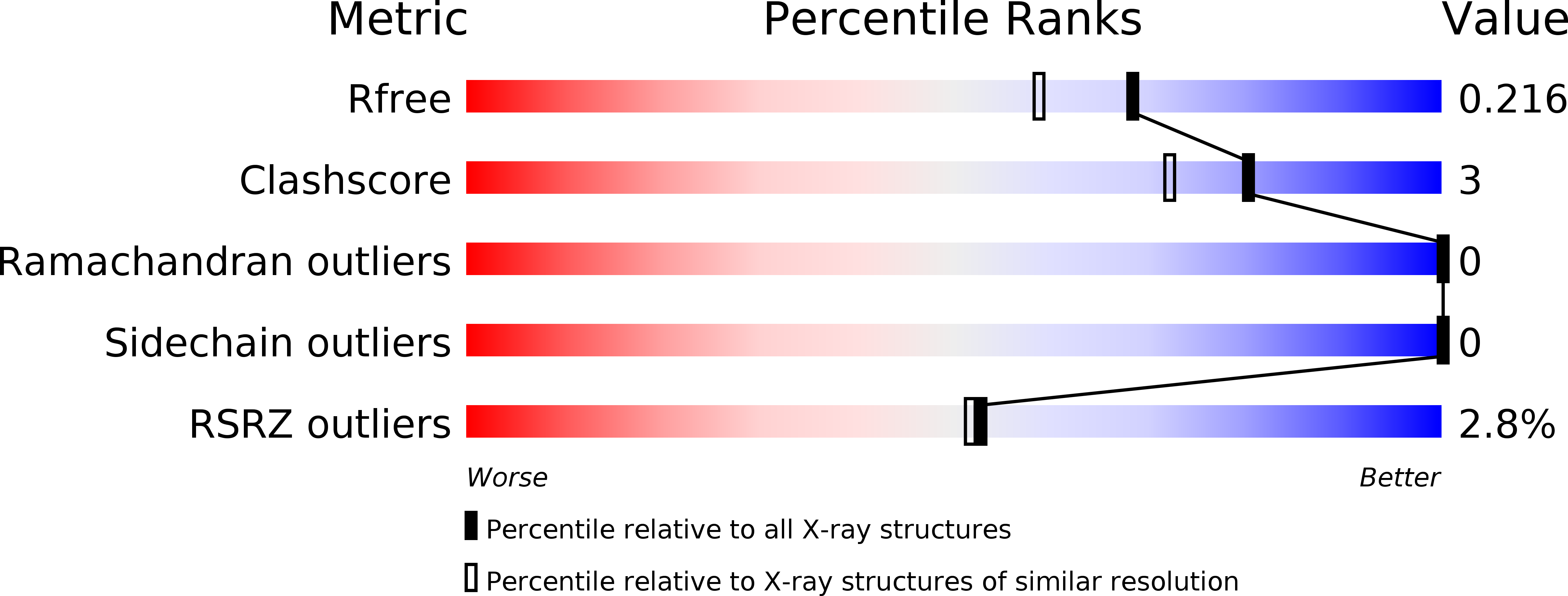
Deposition Date
2015-08-06
Release Date
2016-04-20
Last Version Date
2023-09-27
Entry Detail
PDB ID:
5D3V
Keywords:
Title:
Crystal Structure of the P-Rex1 PH domain with Citrate Bound
Biological Source:
Source Organism:
Homo sapiens (Taxon ID: 9606)
Host Organism:
Method Details:
Experimental Method:
Resolution:
1.85 Å
R-Value Free:
0.21
R-Value Work:
0.17
R-Value Observed:
0.17
Space Group:
P 21 21 21


